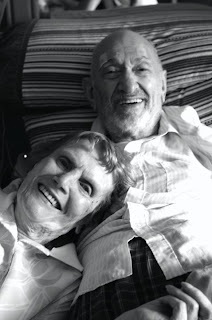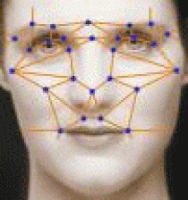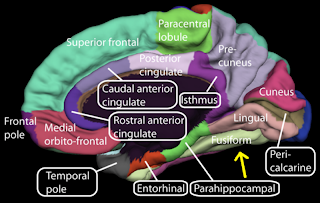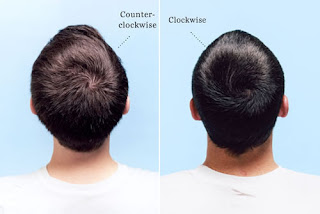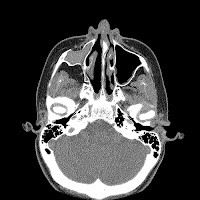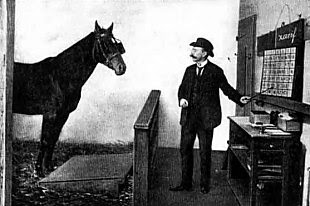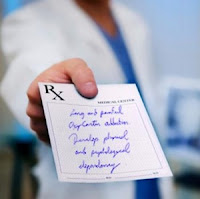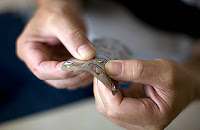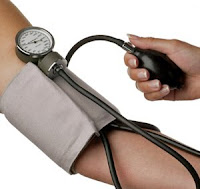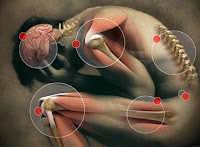One more thing regarding my last post: When it comes to making the decision of whether to die in comfort and dignity, or whether to be treated with chemotherapy or radiation during the last days of your life, consider these side effects:
- Fatigue
- Nausea & Vomiting
- Pain
- Hair Loss
- Anemia
- Infection
- Blood Clotting Problems
- Mouth, Gum and Throat Problems
- Diarrhea and Constipation
- Nerve and Muscle Effects
- Effects on Skin and Nails
- Kidney and Bladder Effects
- Flu-Like Symptoms
- Fluid Retention
- Effects on Sexual Organs and Sexuality
- Tiredness
- Skin reactions (such as a rash or redness, permanent pigmentation, and scarring) in the treated area
- Loss of appetite
- Inflammation of tissues and organs in and around the body site radiated, which can cause burn or permanent pigmentation
- Decrease in white blood cells–cells that help protect the body against infection
When put in these terms, I can’t think of any person that would choose this over going peacefully.





